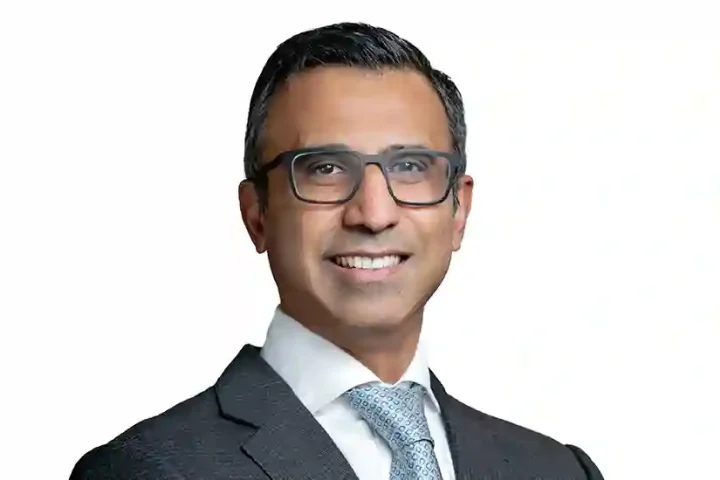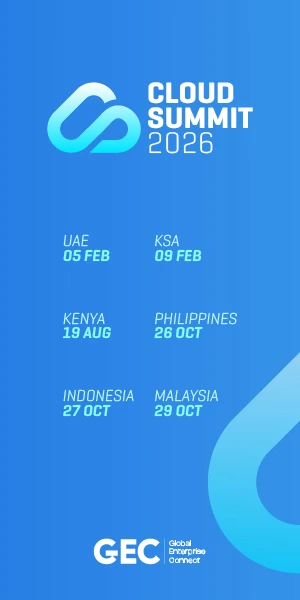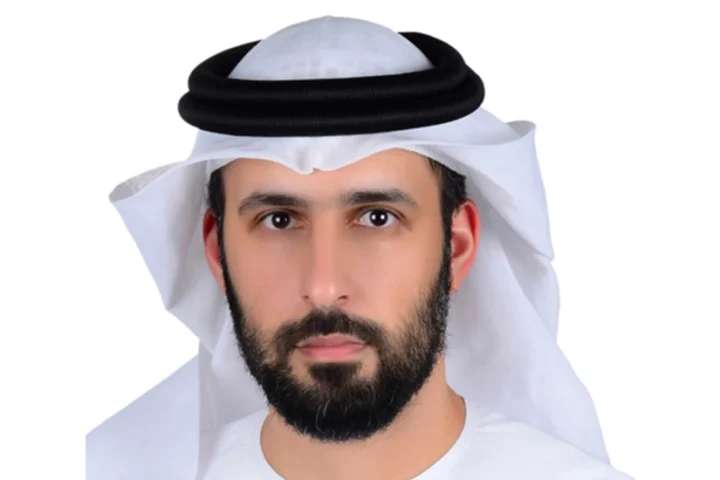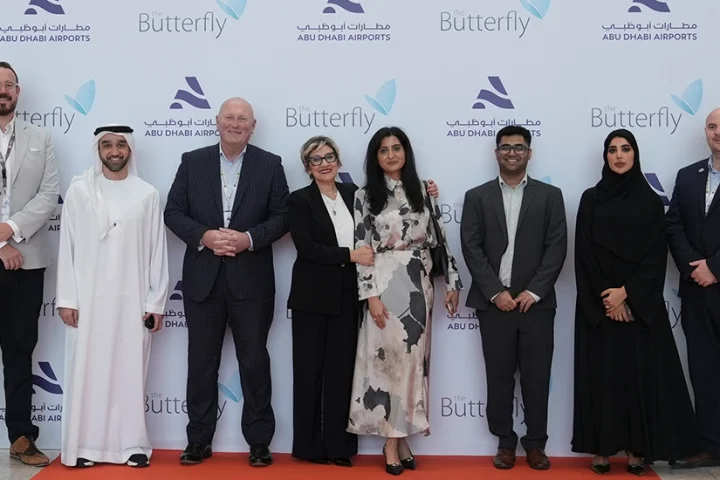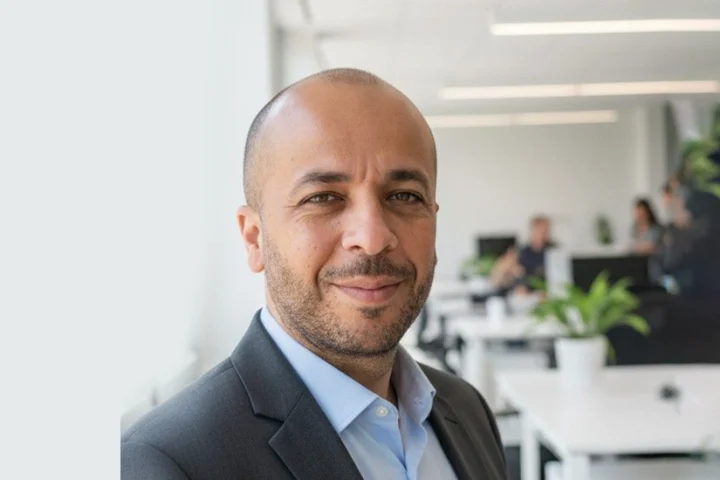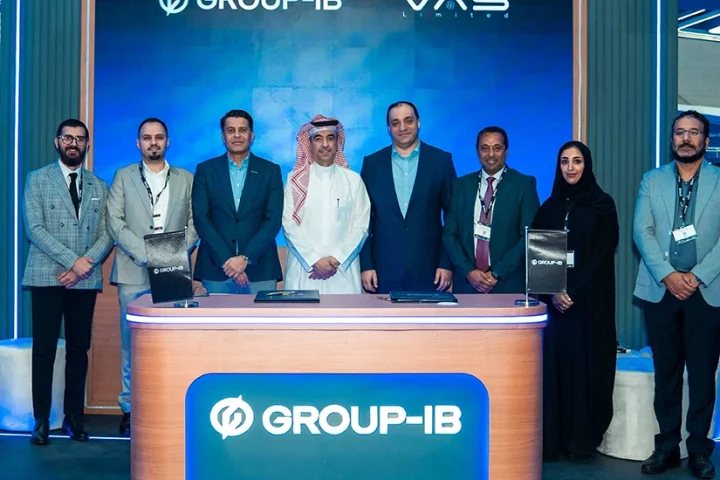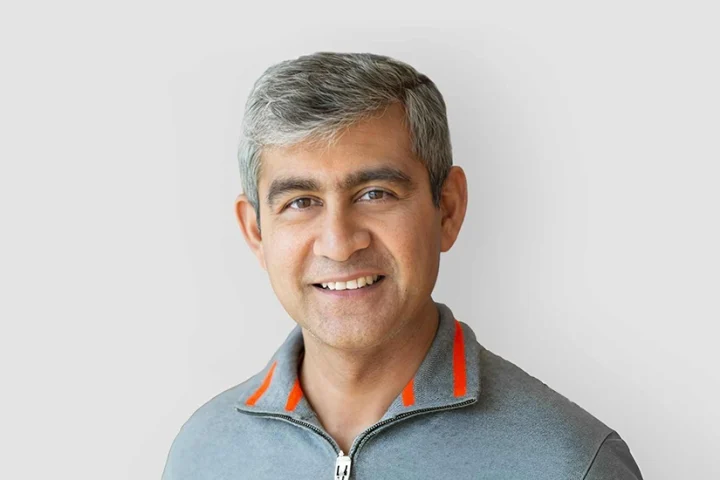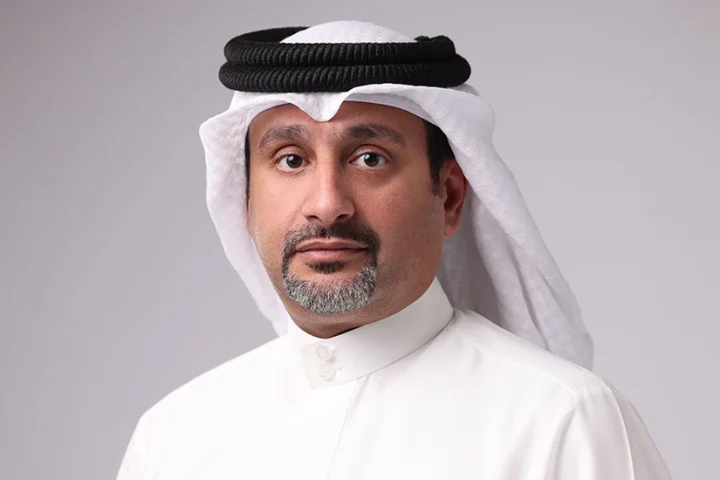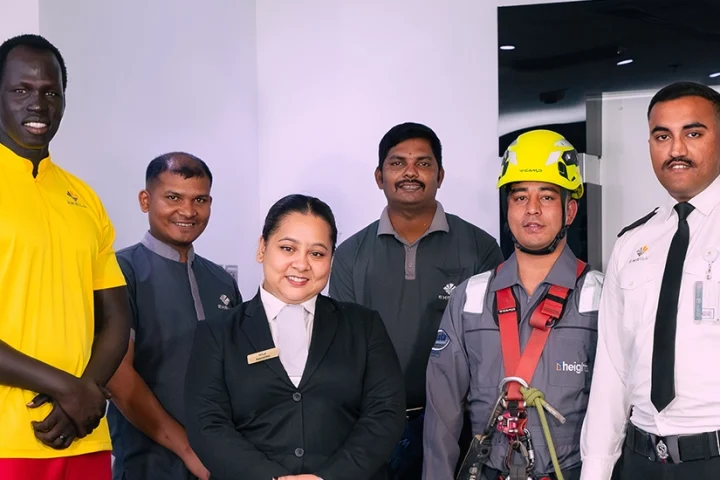Mid-2025 review of regional tech market trends
By mid-2025, it’s no longer a question of if the Middle East will become a global technology powerhouse—it’s how fast. Across the region, governments and enterprises are accelerating their investments in AI, cloud, data, and cybersecurity. From Riyadh to Dubai, the shift from strategy to execution is clearly underway.

Hani Nofal, SVP & Regional Head for Technology Solutions for MEA at NTT DATA, says the standout trend in H1 2025 has been a region-wide shift toward AI-driven infrastructure refreshes, particularly across data centers, networks, and cybersecurity.
According to him, AI is no longer viewed as a future investment—it has become a strategic priority today, pushing clients to rearchitect foundational systems to meet evolving demands around performance, privacy, and scale.
“The recent government-led AI initiatives in Saudi Arabia, the UAE, and Qatar have accelerated this shift,” Hadi explains. “Clients are aligning faster with national priorities, and that’s why these three markets are starting to outperform the rest of the region.”
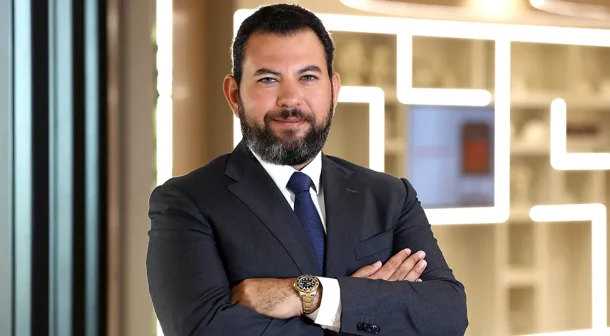
That sentiment is echoed by Yasser Shawky, VP – Emerging Markets (MEA) at Informatica, who notes that the first half of the year has been defined by the Gulf region’s clear ambition to become a global AI leader.
“That momentum culminated in President Trump’s visit, which triggered a wave of multi-billion-dollar AI infrastructure announcements across Saudi Arabia, the UAE, Qatar, and beyond,” Shawky says. “And these aren’t one-off boosts. They represent multi-year investments that will drive regional economic growth across every phase—from construction and capacity-building to full-scale deployment.”
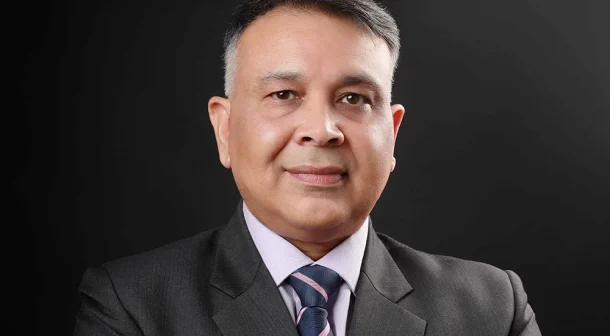
Rahul Misra, SVP & Managing Director MEA at IFS, notes that organizations across the MEA region have become significantly more decisive in their digital investments—particularly within asset-intensive sectors such as manufacturing, engineering & construction, energy, telecommunications, and utilities.
“The narrative has shifted,” Misra explains. “Digital transformation is no longer just a buzzword—it’s now a tangible pursuit of operational resilience and return on investment.”
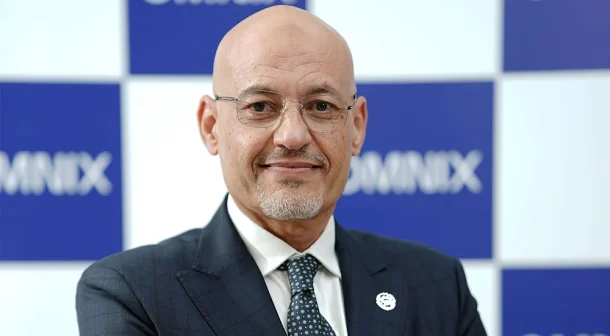
Echoing that sentiment, Walid Gomaa, CEO of Omnix International, highlights a strong acceleration in demand for AI-driven solutions during H1 2025, especially across strategic industries in the GCC region—including the public sector, oil & gas, and AEC (Architecture, Engineering, and Construction).
“We’re seeing growing momentum around digital twin initiatives, AI-powered analytics, Generative AI applications, and enhanced cybersecurity solutions,” says Gomaa. “The market is clearly shifting toward outcome-focused engagements, with clients demanding faster value realization and measurable ROI from their technology investments.”
Which segments or geographies have overperformed or underperformed so far this year?

Hany Mosbeh , Senior Vice President – MEAPAC, JAGGAER, says the UAE, Saudi Arabia, Morocco, and Oman have all been standout performers so far this year.
“Increased ICT budgets have played a part, of course,” he notes, “but what’s really made a difference is the trust we’ve built as a strategic partner.”
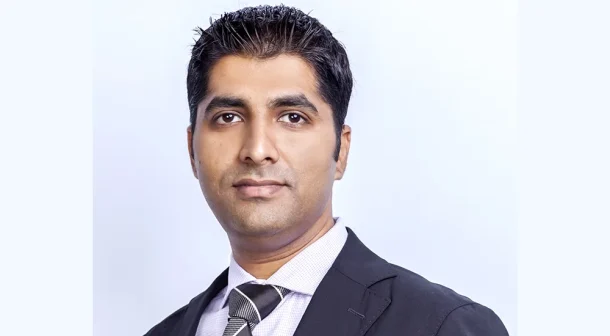
Ranjith Kaippada, MD, Cloud Box Technologies, adds that the UAE remains the strongest performer, driven by national digital economy initiatives.
He points out that public sector, healthcare, and finance led technology adoption, with banks investing in AI to combat fraud and enhance digital banking security. In healthcare, high-value projects—such as telehealth platforms and patient data management systems—have surpassed expectations.
“These sectors demonstrated remarkable resilience and growth in H1 2025,” Ranjith says. “Other GCC markets performed steadily, but none have matched the UAE’s accelerated digital transformation and infrastructure modernization efforts.”
Walid from Omnix notes that Saudi Arabia has significantly outperformed expectations in H1 2025, driven by national digital transformation programs and large-scale mega projects that align closely with Omnix’s smart infrastructure and AI solutions.
“In the UAE, we’re also seeing substantial investment aimed at positioning the government as a leader in AI adoption, particularly under the AI First 2027 Vision,” he says. “Meanwhile, Kuwait has gained momentum faster than anticipated, supported by its Vision 2035 framework. Across all markets, the public sector remains the primary driver of growth.”
How Has Customer Behavior Evolved in the Past Six Months?
Yasser from Informatica says the past six months have brought a noticeable shift in customer mindset.
“There’s growing maturity in how organizations across the region approach cloud operations. It’s no longer just a tech trend—it’s a strategic imperative,” he explains. “With stronger government backing, clearer data sovereignty regulations, and expanded footprints of global hyperscalers, cloud adoption has accelerated, particularly within the public sector.”
Rahul from IFS highlights a similar evolution in buying behavior.
“Customers today are far more focused. They want real use cases, fast outcomes, and solutions that map directly to their industry context—not just generic tech talk,” he says.
“This evolution has sharpened our own approach. We’ve leaned into our strengths: consultative engagement, regional relevance, and outcome-led selling. Whether it’s account-based marketing or collaborative value engineering, we’re meeting customers where they are and helping them navigate complex environments often dominated by legacy platforms.”
Ranjith from Cloud Box adds that enterprise customers have moved decisively toward data-driven, AI-powered decision-making, with a strong focus on operational resilience.
“Today’s buyers are looking for strategic partners, not transactional vendors,” he notes. “They expect continuous value delivery, proactive support, and scalable solutions. At Cloud Box Technologies, we’ve adapted by upskilling across AI, cloud, and infrastructure to ensure our insight-led approach aligns technology investments with real business outcomes. The focus is on agility, security, and efficiency.”
Hany from JAGGAER also sees a shift—but with a more cautious tone.
“There’s definitely been a move toward more cautious decision-making,” he observes. “We’ve seen restructuring and leadership changes within key accounts, which has naturally slowed down some conversations. And yes, budgets are tighter.”
Still, he remains optimistic.
“Despite the caution, there’s steady demand—particularly for solutions that drive operational resilience and cost efficiency. We’ve responded by staying flexible and outcome-driven, tailoring our value proposition to meet clients where they are—without losing sight of their long-term transformation goals.”



